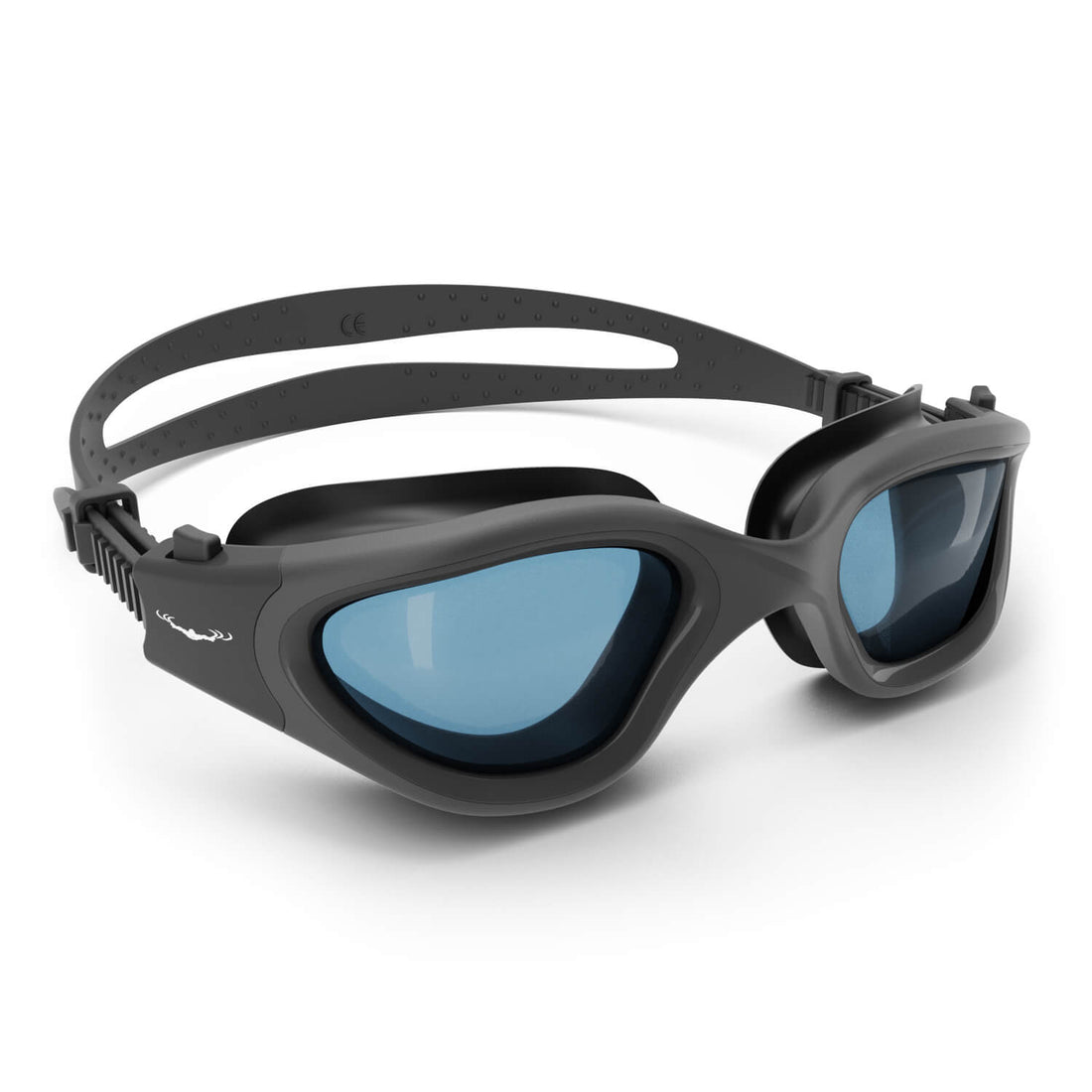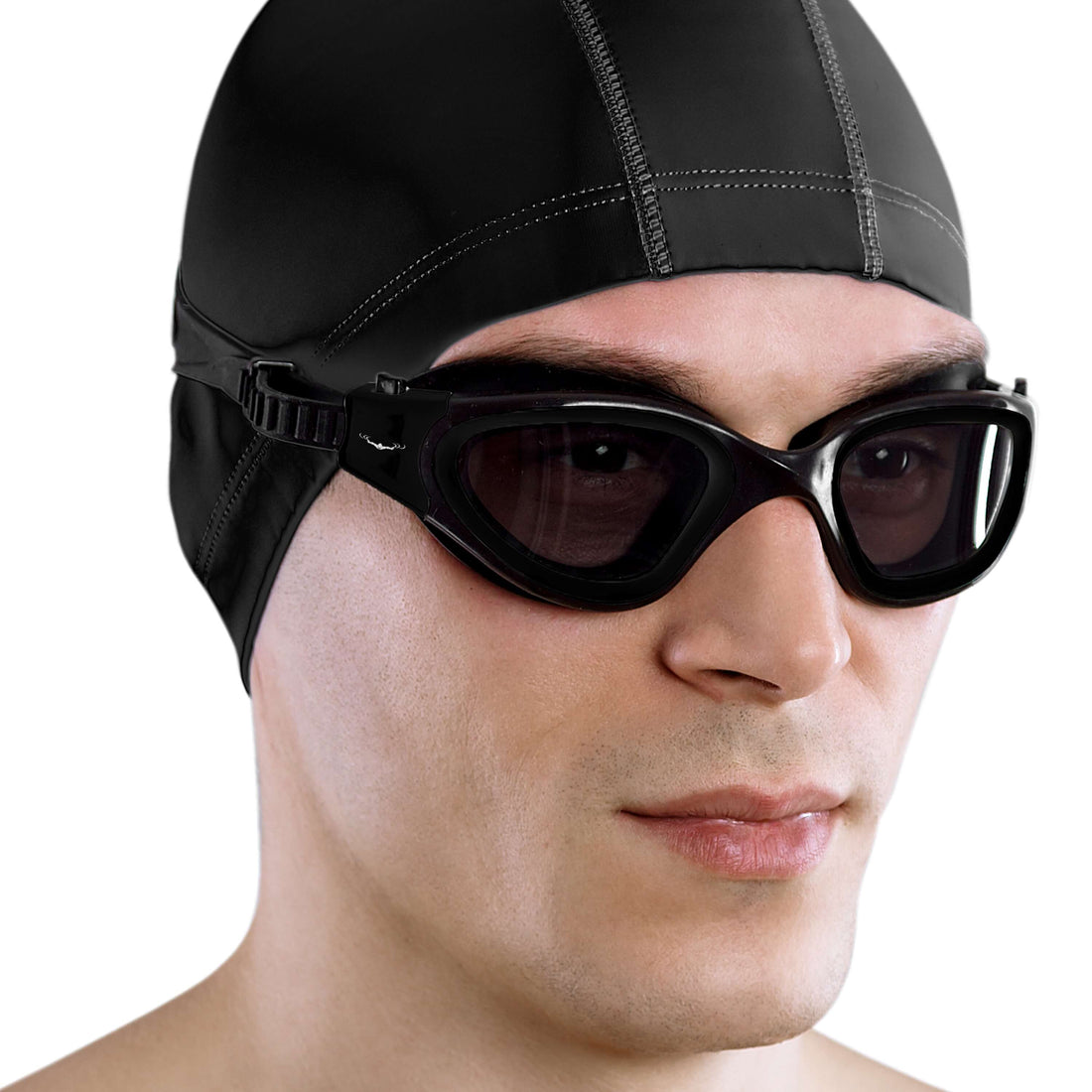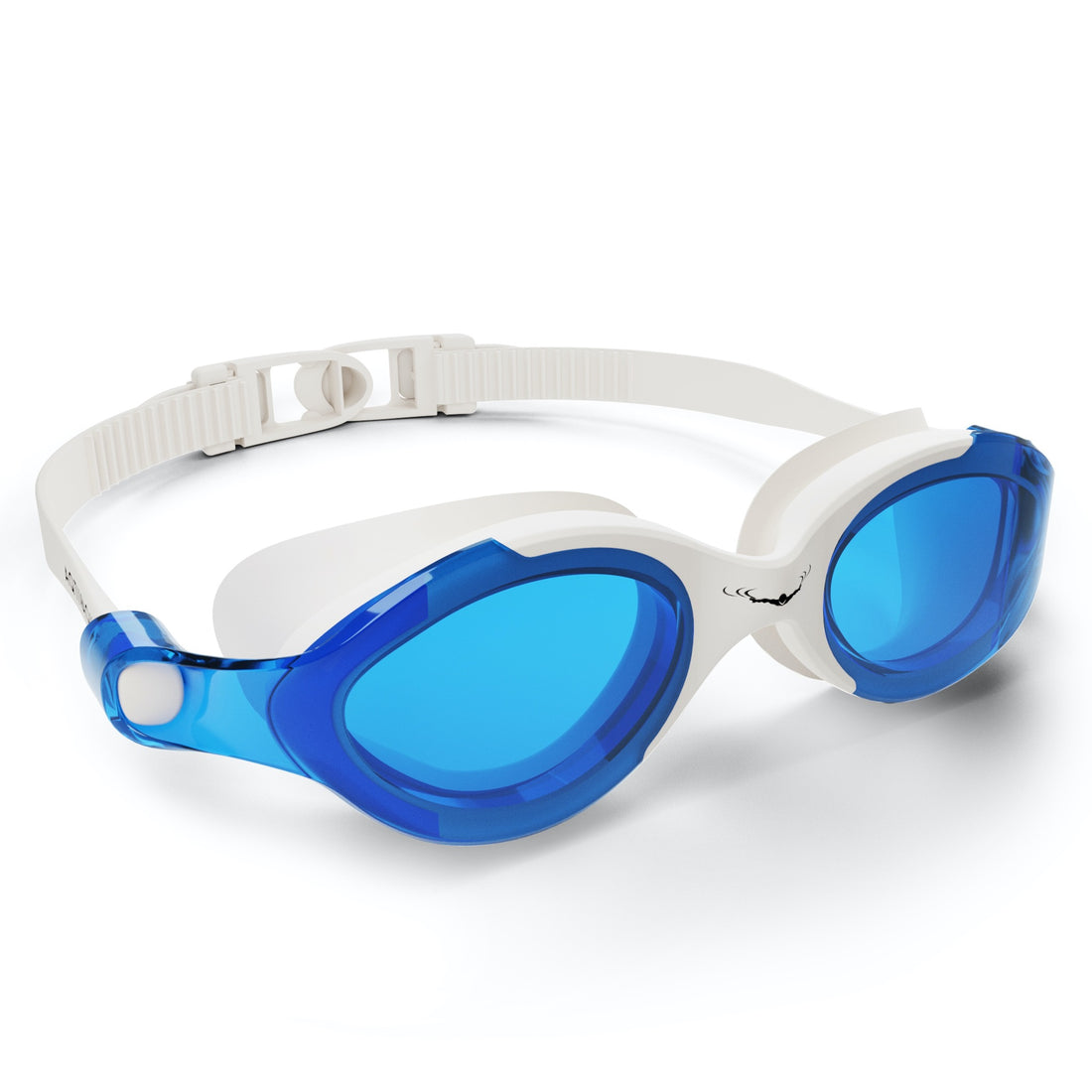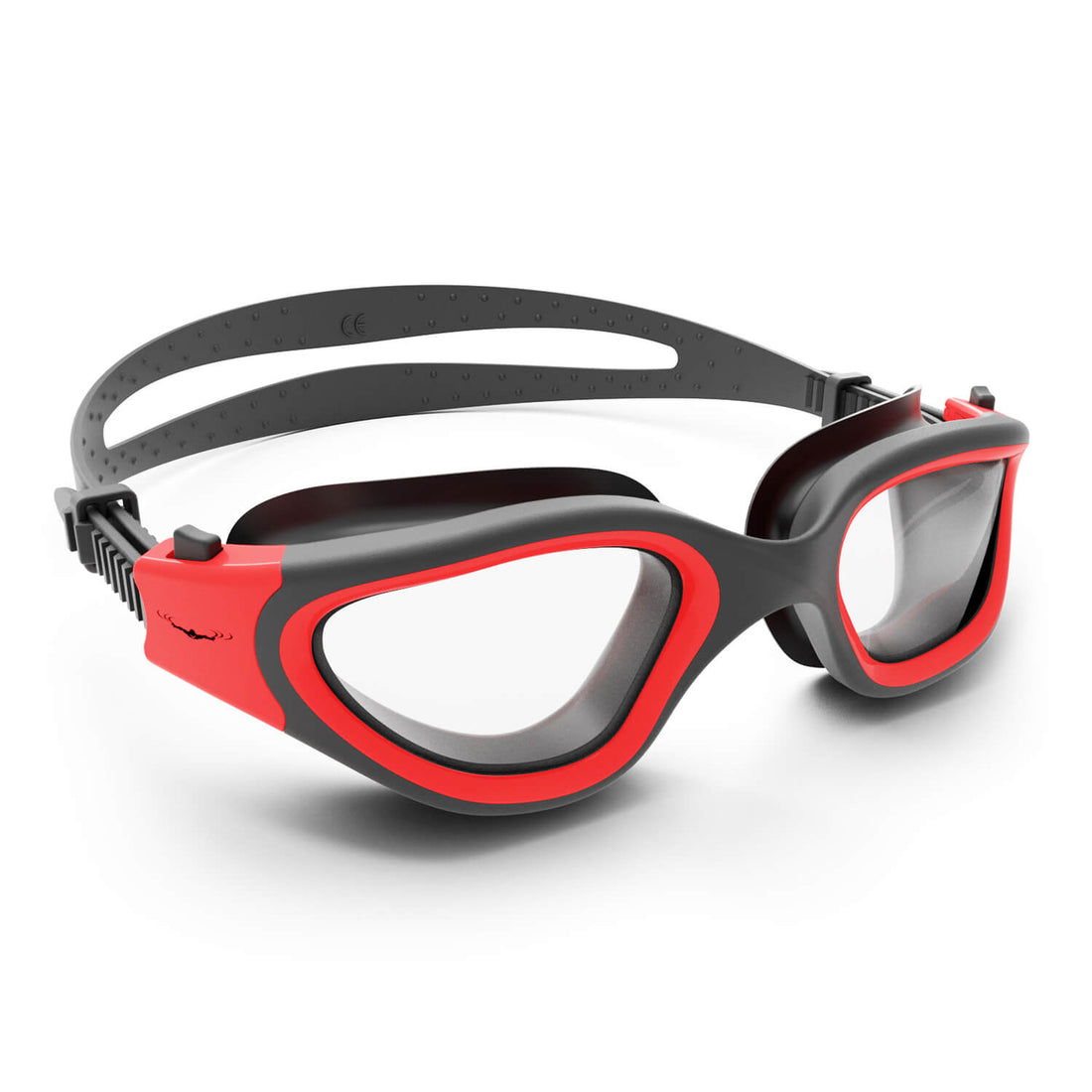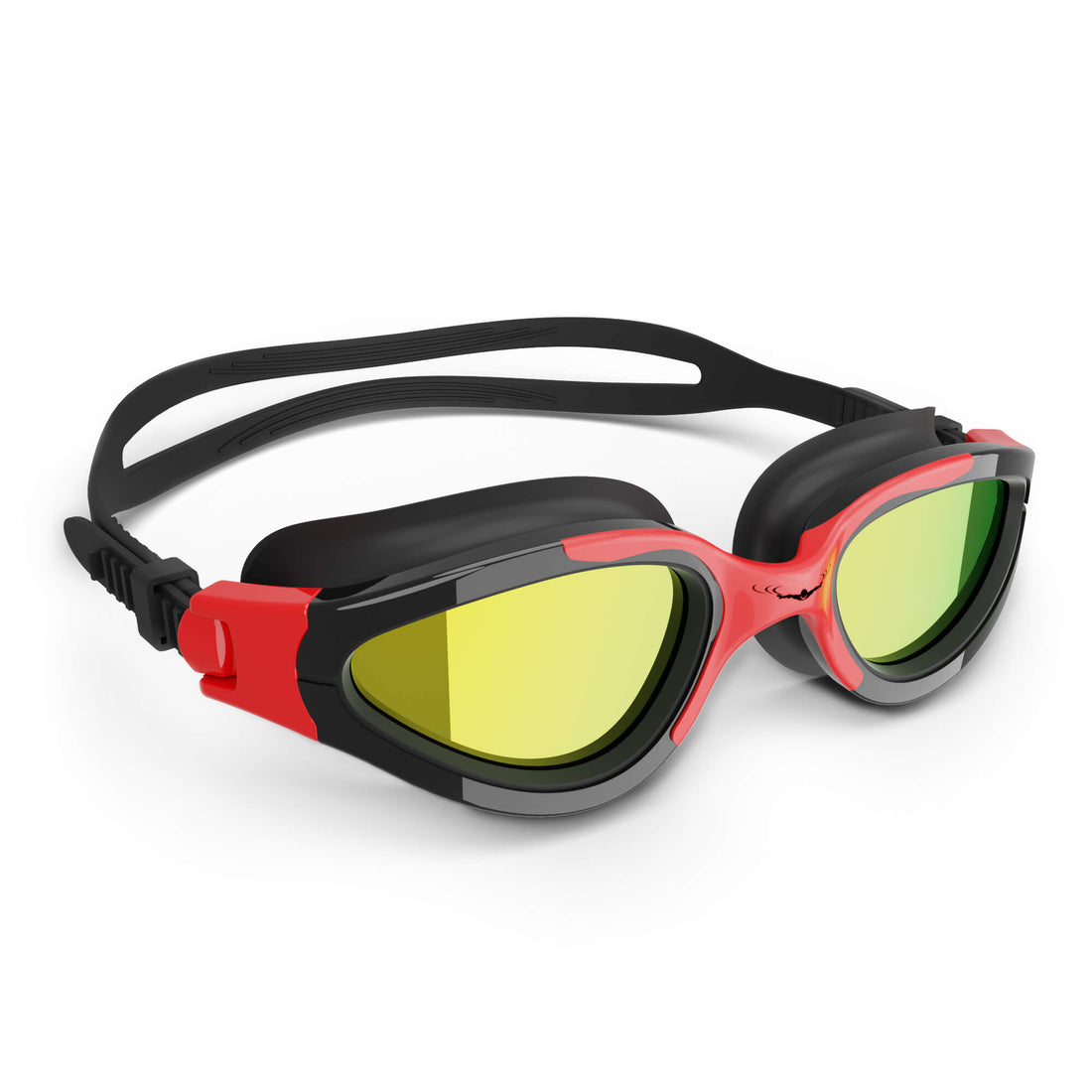Frequently Asked Questions
1. What are the benefits of swimming for cross-training?
2. How can I incorporate swimming into my training routine?
3. How often should I swim for effective cross-training?
4. What common mistakes should I avoid when swimming for cross-training?
5. What should I wear for swimming workouts?
As athletes constantly strive for improved performance, they frequently seek effective cross-training methods to enhance their skills, strength, and overall fitness. Swimming is one of the most beneficial cross-training activities, providing a low-impact, full-body workout that can help athletes excel in their primary sports. In this article, we'll explore the integral role swimming plays in cross-training, including its key benefits and practical tips for incorporating swim workouts into your training regimen.
The Benefits of Swimming for Cross-Training
Swimming is a unique form of exercise, distinct from many other athletic practices. Below are several advantages that make swimming a valuable addition to every athlete's training program:
Low Impact and Joint Friendly
One of the standout features of swimming is its low-impact nature. The buoyancy of water minimizes the strain on joints and allows athletes to continue training without risking injury. For athletes recovering from an injury, swimming provides a safe environment to maintain fitness while reducing the risk of exacerbating their condition. Whether you're a runner, cyclist, or strength athlete, integrating swimming can aid in recovery while ensuring that your cardio and strength levels are maintained or improved.
Full-Body Workout
When you swim, virtually every muscle group is engaged. This full-body workout enhances muscular endurance, flexibility, and overall strength. Unlike many land-based exercises that may isolate certain muscle groups, swimming compels your body to work uniformly, promoting balanced muscle development. It also improves core stability, essential for all sports disciplines, enhancing your power and stability in your primary sport.
Enhancing Cardiovascular Fitness
Swimming is an excellent cardiovascular workout that improves aerobic capacity and heart health. Increased cardiovascular fitness translates to better performance in other sports, as your body becomes adapted to higher levels of exertion and recovery. This increase in cardio fitness enables you to have better stamina and endurance in your primary sport, ensuring that you can perform at a higher level for more extended periods.
Active Recovery
Taking rest days is essential, but remaining inactive can lead to muscle stiffness and a reduction in performance. Swimming serves as an effective active recovery tool. Gentle swim sessions can help alleviate soreness by increasing blood flow to muscles, flushing out lactic acid, and encouraging muscle repair without the risks associated with heavier land workouts. Including a relaxing swim with a good pair of anti fog swim goggles can offer an enjoyable and beneficial alternative to traditional rest days.
Mental Benefits
Swimming also promotes mental relaxation and focus. The repetitive nature of swimming can be meditative, allowing for mental clarity and stress relief. Athletes often face pressure in their primary sports; having a tranquil environment like the water can help break the cycle of stress and performance anxiety. Furthermore, improving your swimming skills can build your confidence and provide a psychological edge in your primary athletic disciplines.
Incorporating Swimming into Your Training Routine
Now that we understand the benefits swimming offers, how can athletes effectively incorporate swimming into their training routines? Here are some practical tips:
Set Clear Objectives
Before diving in, it's crucial to establish your goals for swimming. Are you looking to build endurance, strength, or simply to cross-train? Setting clear objectives will help shape your swimming workouts and ensure they complement your primary athletic training effectively.
Establish a Swimming Schedule
Incorporating swimming into your weekly routine requires consistency. Aim to swim at least two to three times a week, allowing time for recovery between sessions. Mixing different swim types (continuous swimming, intervals, drills) can create variety and challenge your body in multiple ways.
Focus on Technique
Prioritizing swimming technique can significantly improve your efficiency in the water. Invest time in mastering your strokes, breathing patterns, and turns to ensure that you are reaping the maximum benefits from your swim workouts. Consider working with a swimming coach or taking lessons to refine your skills, further enhancing your performance.
Invest in Quality Swim Gear
The right swim gear can have a significant impact on your overall swimming experience. Whether you choose a high-quality swimsuit or swim goggles, ensuring that you have comfortable and functional gear can make your workouts more enjoyable. Anti-fog swim goggles, in particular, help maintain visibility and enhance your comfort while swimming, allowing you to focus on your performance.
Mix It Up
To keep your swim workouts engaging and effective, vary your routines. Combine different strokes, use kickboards, practice drills, or incorporate equipment like pull buoys and fins to target specific muscle groups. This diversity keeps your sessions fresh and helps prevent plateaus in your progress.
Combine Swimming with Land Activities
Swimming should complement your primary sport rather than replace it. Integrate swim workouts with your existing training regime by alternating days or scheduling them as cross-training sessions. Pairing your swim workouts with other forms of training (e.g., strength training, running, or cycling) can maximize your overall athletic fitness and performance.
Common Mistakes to Avoid
While swimming is a fantastic cross-training option, athletes should also be aware of potential pitfalls. Here are some common mistakes to avoid:
Neglecting Warm-Up and Cool Down
Even though swimming is a low-impact activity, it’s vital to warm up properly before your swim and cool down afterward. This practice will reduce the risk of injury and promote recovery. Engage in dynamic stretching or a light jog before entering the water to get your body ready, and follow up with gentle stretches after each session.
Overtraining
Swimming is an excellent workout, but it's essential to listen to your body. Mixing swimming with heavy training sessions in your primary sport without sufficient recovery can lead to burnout or injury. Monitor your body’s response to increased training demands and adjust accordingly to avoid becoming overwhelmed.
Ignoring Nutrition and Hydration
Your body requires adequate fuel to perform optimally, especially when engaging in multiple workout types. Nutrition and hydration are crucial for maintaining energy levels and enhancing recovery. After swimming workouts, consume a balanced meal or snack rich in protein and carbohydrates to support muscle repair and replenish energy stores.
Finding Joy in the Water
Integrating swimming into your cross-training routine opens a world of benefits that can enhance your athletic performance across multiple disciplines. With its low impact, full-body workout, and mental advantages, swimming provides an effective platform to build endurance, strength, and cardiovascular fitness without the wear and tear associated with high-impact activities.
Don’t forget to equip yourself with the right gear, including anti-fog swim goggles that allow for clear vision and maximum comfort when in the pool. Whether you're enhancing recovery, boosting your stamina, or simply finding joy in the water, swimming is an exceptional companion on your athletic journey. Embrace the water and watch your performance soar!



